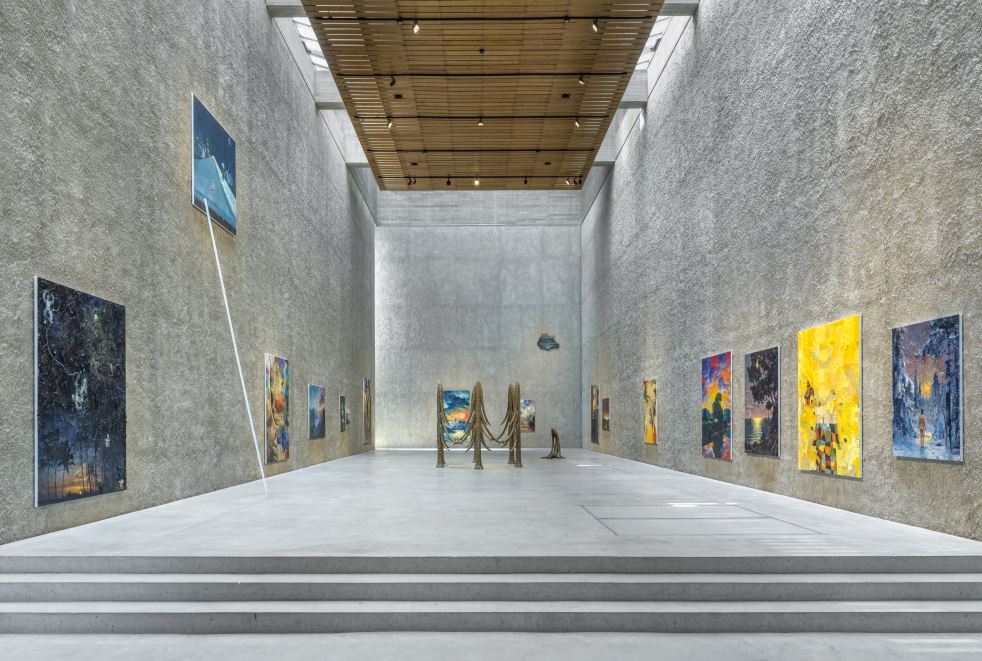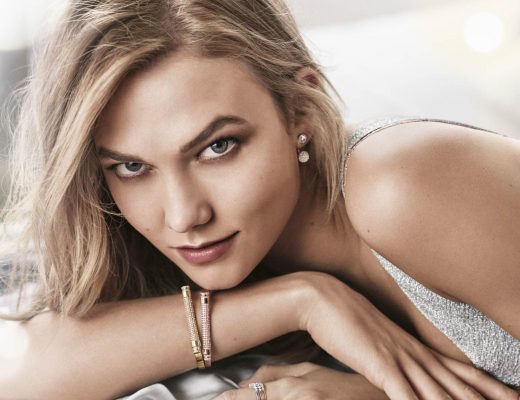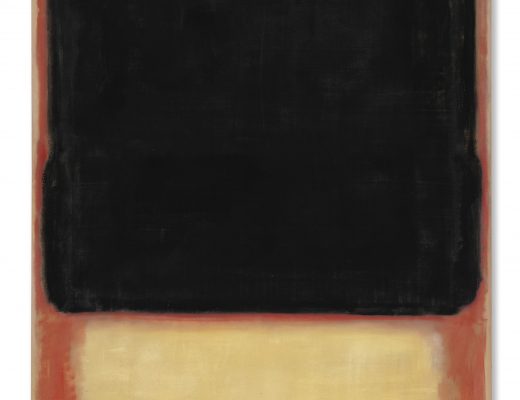Thirty-nine year old German Art Dealer Johann König has built a collection of galleries in Berlin, London and Tokyo, as well as a significant following on a concept that is almost entirely nonexistent in the art world: “transparency”. In a recent interview to discuss the effects of the Global Pandemic on art galleries, Mr. König told us “I think we are able to introduce a lot of new people into the art market.” He went on to explain that providing straightforward transparent pricing is instrumental to König’s success, adding that “we could see that especially it was newcomers into the market, like people from the start-up tech scene. It is much easier for them to enter via transparent [pricing] than if it is behind closed doors.”
Born to a family of artists and museum directors, Mr. König founded his gallery in Berlin nearly two decades ago. Today KÖNIG GALERIE represents a group of 40 mainly young modern, interdisciplinary artists. Instillations at König’s galleries range from a mix of sculpture, video, sound, painting, printmaking, photography to live performance. Over the course of the last decade, the gallery has experienced considerable growth opening 3 premiere locations in the most unconventional of spaces. Despite being partially blinded due to a childhood accident, almost nothing seems to stand in the way of one of our generations most prolific modern art dealers.
To learn more about König and the current climate of the art market during Covid 19, please read on to our Q&A to immerse yourself in one of today’s most exciting galleries.
For those of us who are not already familiar with KÖNIG, how would you describe your gallery?
“I think we are more of a media house or a kind of communication amplifier for art [rather than a typical gallery]… We really try to bring art to the people on all levels.”
Can you tell us how the pandemic has affected your day to day at KÖNIG Galerie?
“We kind of answered the pandemic with new ideas like the art show “Messe in St. Agnes”, that translates to ‘St. Agnes Fair for Contemporary Art’, which [lasted until the 20th] and [brought] together works from the primary and secondary art market. [This] was the answer to the effect that all major art shows were canceled. And then another thing, which [was] kind of [an] idea born in the pandemic: Instagram Live Talks, I always wanted to do it in the evening, but then my wife said “why can’t you do it at work hours?” And then I did it at 10 A.M. in lockdown [hence the name 10 AM Series].
But [it] was worse in the evening because it was always 10 A.M. where my guests [that] I talked to came from; so it was artists, museum people, and [curators], but always kind of surrounded [by] art. Later on we even started to [host] open calls because I started [to feel it’s] very difficult for these artists that have no spokesperson and no gallery. I tried to give them a form in hosting these open calls where random artists can just join and present their works to a wider audience, and apparently great things came out of it, like sales. I mean not to us, but to them, and group participations. So it was kind of a digital community building.”
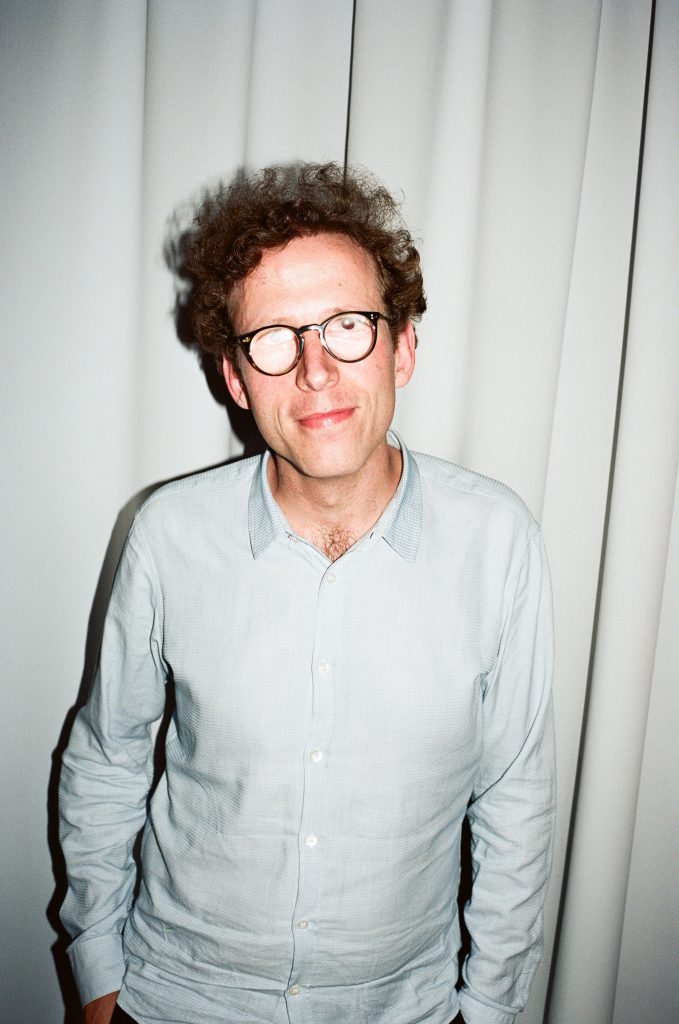
Have these digital forms of communication reached a new type of collector than KÖNIG has reached in the past, or are you connecting with the same type of collectors and just reaching them in a different way?
“I think I had this conversation yesterday with a very big collector of ours, who because of [how] Art Basel was [cancelled], we held the first edition of “Messe in St. Agnes” in Berlin at the exact same time Art Basel would have taken place in June. For knowledgeable and established collectors, they know what’s behind every gallery name. But I think that if you look at the growth of luxury products, in the end art is a luxury product because we really need it to live, but in the end we don’t really need it.
If you look at the developments in the [luxury] market [with] watches, cars, clothing, leather goods and so on, [they are] really rising, but art is kind of staggering. I think that has to do with the [lack of] transparency and opaqueness of the market; and with these conversations we had with artists and collectors and so on, people start to understand how that market functions. I think this applies to every market, if you understand how it works, then you can navigate in it. I don’t know why so many art market participants try to keep it opaque because I don’t see any reason for it to be not accessible. The more accessible it is, the more it can grow and the more it gives artists the chance to make a living out of their art.”
Have all of your Galleries been affected in the same way regardless of their location? Or have you observed differences based on each of the individual markets they cater to?
“I think we [in Berlin] for example aren’t so affected because I own the building [that] I am in, but the ones who have to maintain very expensive high streets, they aren’t. For [another] example, we also have a gallery in London; some gallery owners in London, [whom] rent from Grosvenor are rent-free now because the Grosvenor doesn’t want to have this kind of broken window theory, you know that [the galleries] will move out due to the pandemic and then all the tenants are gone, but [the] Kuwaiti Fund which [owns] the other side of the street insists on payment [of] rent. It’s really hard to say, but I think we in Germany are doing pretty well overall.”
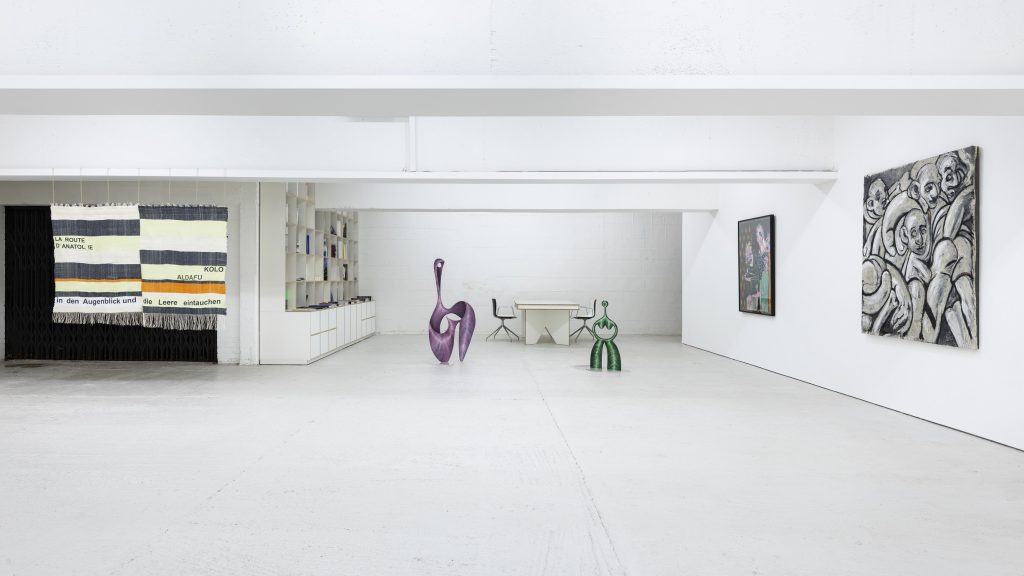
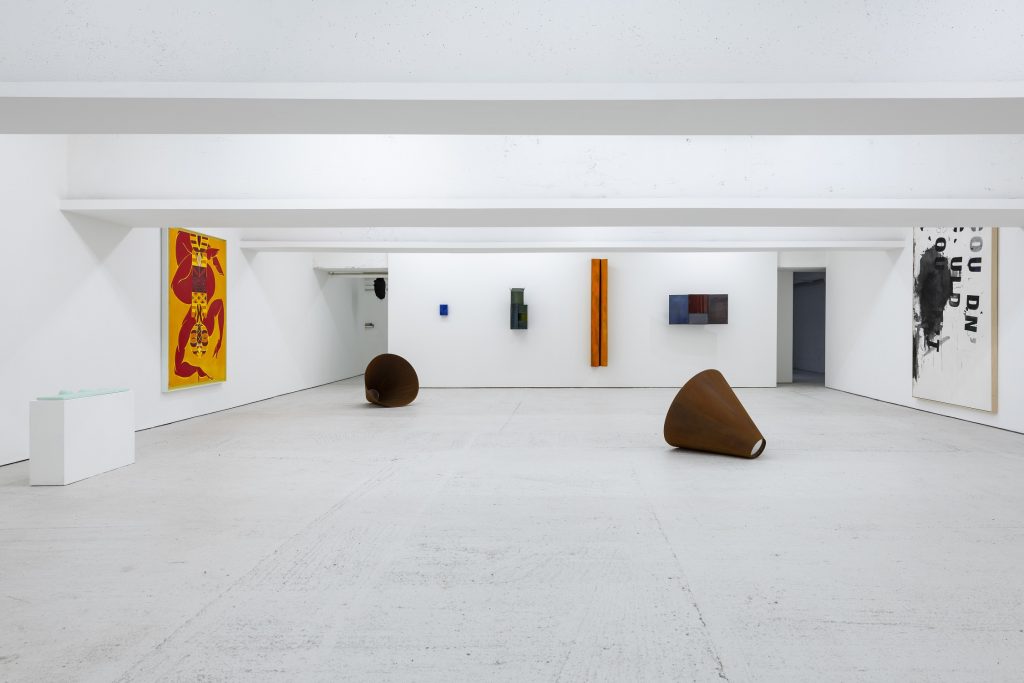
Would you say the same in Tokyo and London as well?
“No, no. I mean Tokyo was pretty difficult also because of the cancelled Olympics and London is like a ghost town right now. And here in Berlin it [feels] pretty much as normal as always, but also the government spent a lot of money on the arts. Like if you are a mother or a single father and [are] artists and have kids, there is 1.5 million support umbrella for this. Then there was this immediate payment for artists who have no income. What’s interesting in the beginning is that we are all in this pandemic together, which we are of course because the whole world was in a lockdown, but I think that the social net is so much stronger in Germany than in the US for example.”
Have you noticed a change in the way clients acquire works?
“I think there are purchases made online, but I think only because [the collector] encountered the original body of work [by that artist] before [in-person]. So you know that somehow the people have been in-touch with the work already, and not this particular [work], but [others] from the artist. So, I think that the art is a physical experience, and will always be. There’s no way around it, that’s why we came to the idea of our art fair”
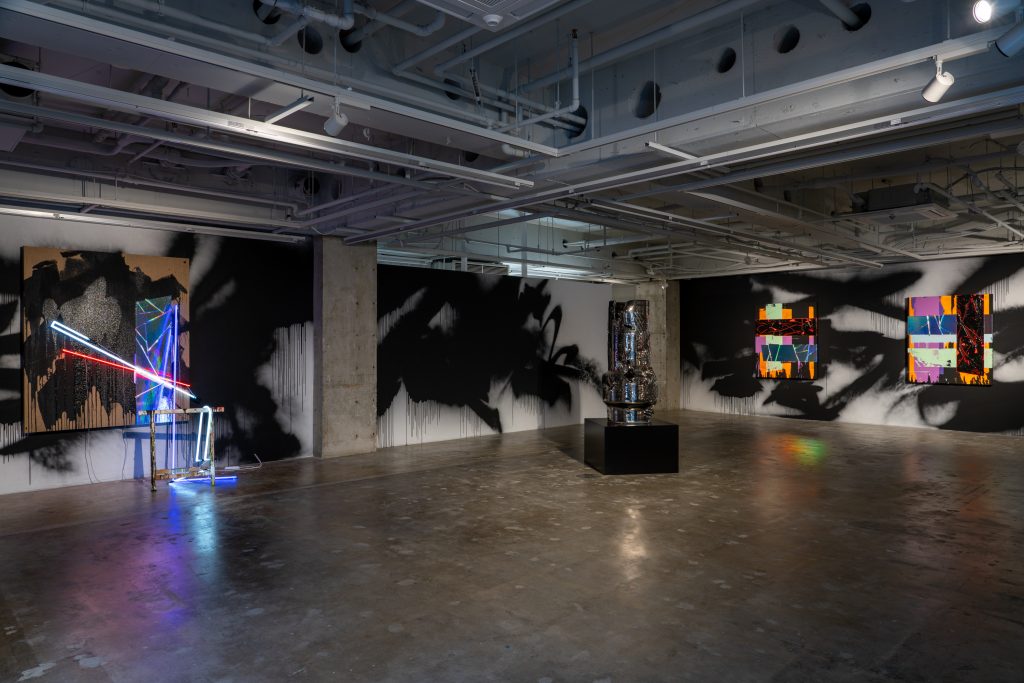
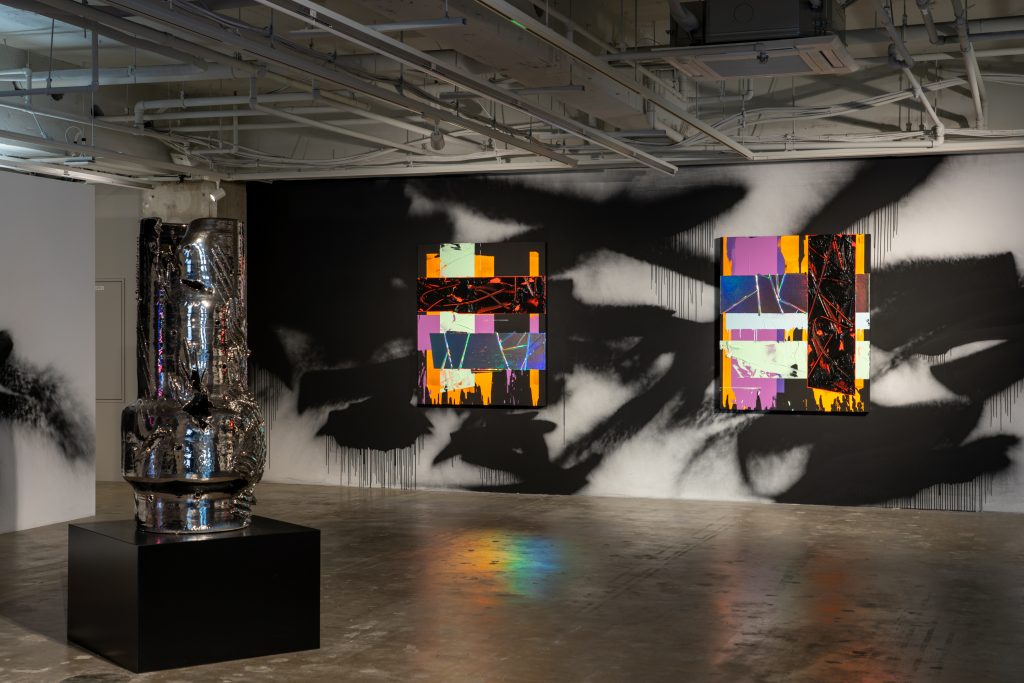
Do you believe that the pandemic has only accelerated a more remote way of showing and selling art that was ultimately going to occur eventually?
“I feel the role of a gallery [will] become more irrelevant, and solutions like Instagram offer new ways [for] safe promotion and marketing. I think this is a very interesting development.”
What similarities do KÖNIG’s forthcoming exhibitions share with past pre-pandemic instillations? And how have they evolved for today’s current climate?
“We try to avoid the white space. Our exhibitions in the main space upstairs really try [not to] always cater to this idea of a white cube. I love to do art shows or art projects in non-art spaces. So the space in Berlin is a former church. The space in Tokyo is at the MCM building, which is a luxury store. And then the space in London is in a former parking garage.”
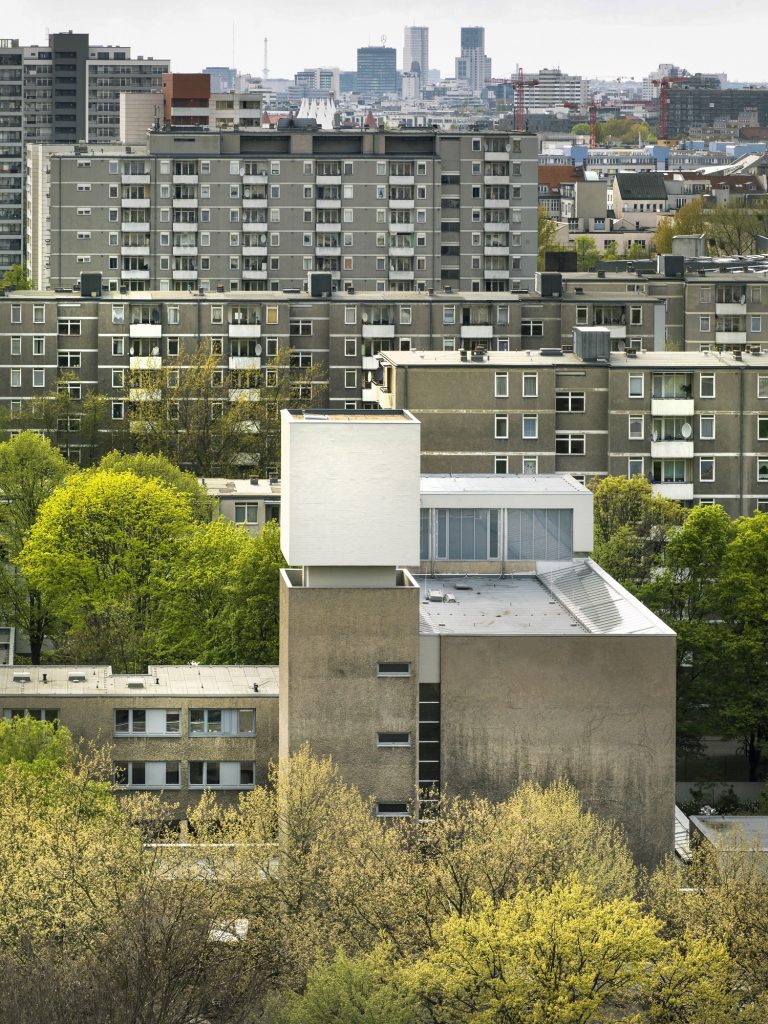
What have been some of the exhibitions that you are doing right now since the pandemic?
“We have a [current exhibition] right now up at the space in Berlin. And then we have the open call show in London, and in Tokyo we just closed a show by Alicja Kwade, who was also [exhibiting] on the roof garden of the Metropolitan Museum.”
Where can we follow you and KÖNIG GALERIE?
“On Instagram of course, and on Facebook and hopefully soon on Netflix, but maybe that’s too early to say.” [Johann can be followed on Instagram @johann.koenig]
Featured Image Credit: Friedrich Kunath, Sensitive Euro Man, 2020, KÖNIG GALERIE NAVE, exhibition view, photo by Roman März, courtesy of the artist and KÖNIG GALERIE Berlin, London, Tokyo

